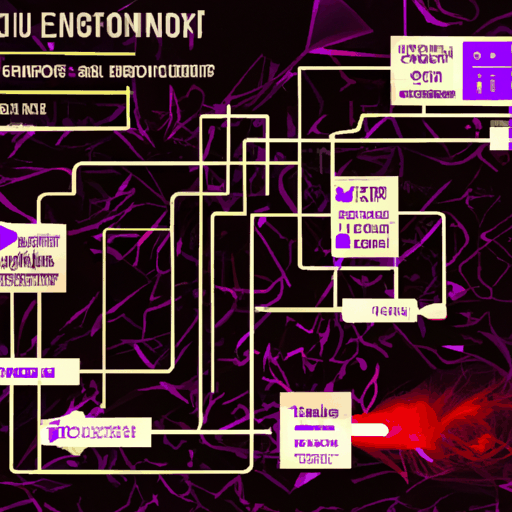
Understanding the Ethereum Gas Limit Increase Post-Merge
By: Isha Das
Ethereum's recent decision to increase the gas limit reflects its ongoing commitment to scalability and network efficiency post-Merge, the transition to a proof-of-stake (PoS) system in 2022. The gas limit reached 35.3 million at block 21771507, after a validator vote with 52% in favor, according to Etherscan and Gaslimit.pics. This adjustment allows more transactions to process per block, reduces network congestion, stabilizes transaction fees, and enhances the capacity to manage complex applications, all without requiring a hard fork.
Vitalik Buterin, Ethereum's co-founder, supports the move, emphasizing balance between scaling and decentralization. This aligns with discussions and Ethereum Improvement Proposal (EIP) 4444. The upcoming Pectra update in March is expected to further improve network capabilities by increasing the blob count, hinting at potential staker-voted changes for better adaptability to technological advancements.
Despite these benefits, critics argue about the additional processing demand on network nodes. Notably, industry educator Anthony Sassano suggests the mainnet gas limit could reach 50 million by the year's end, bolstering Ethereum's processing capabilities. This proactive adjustment aims to ensure Ethereum remains competitive despite market volatility, showcasing adaptability to meet growing technological and market demands.



